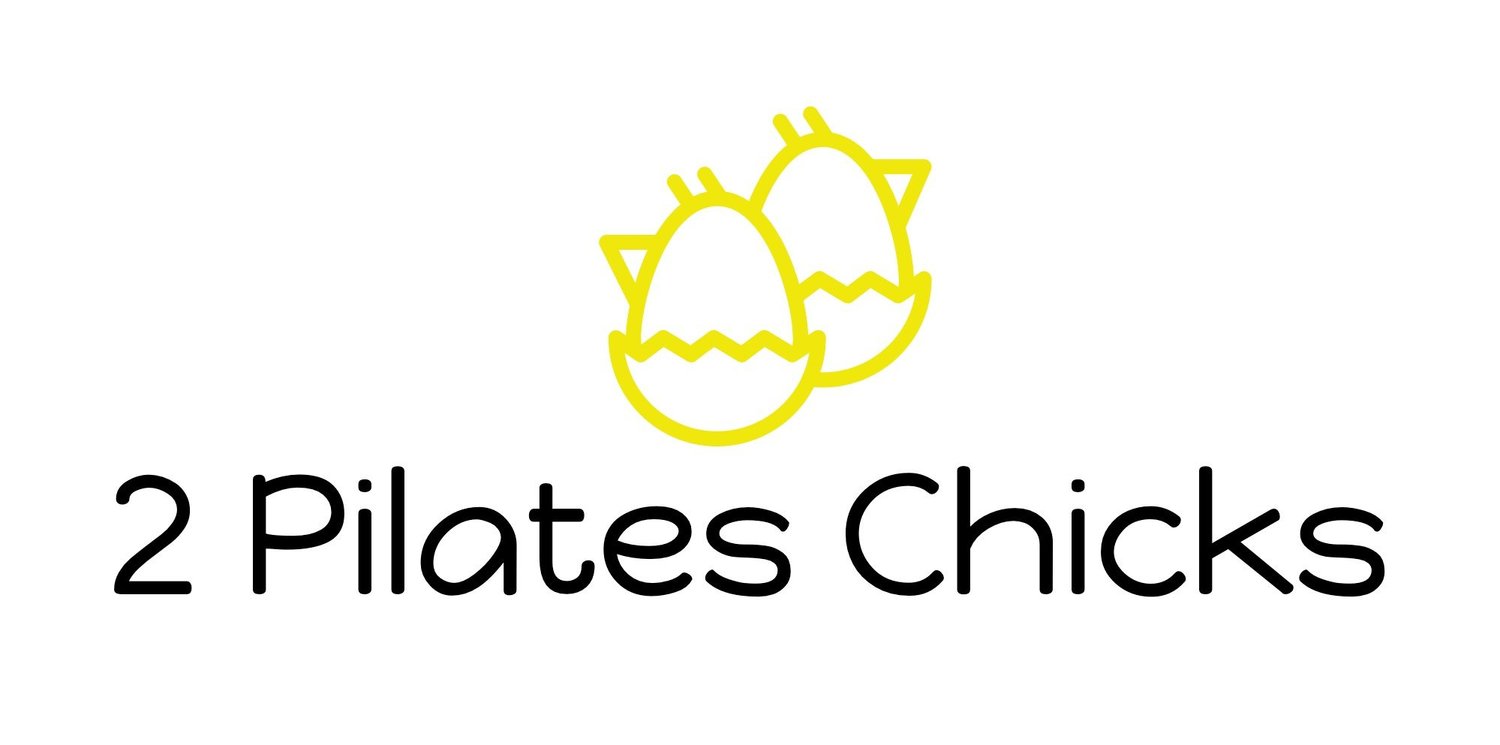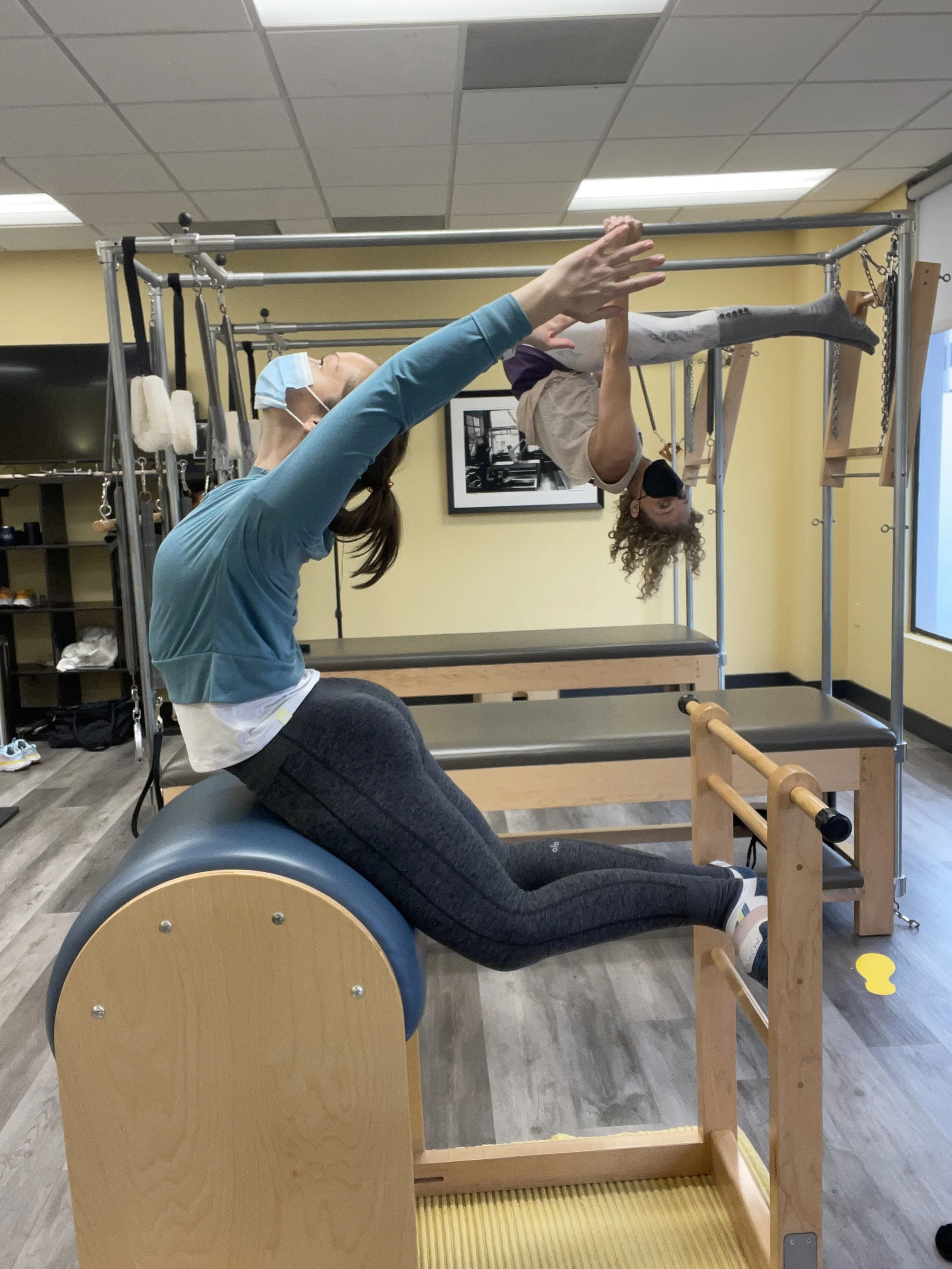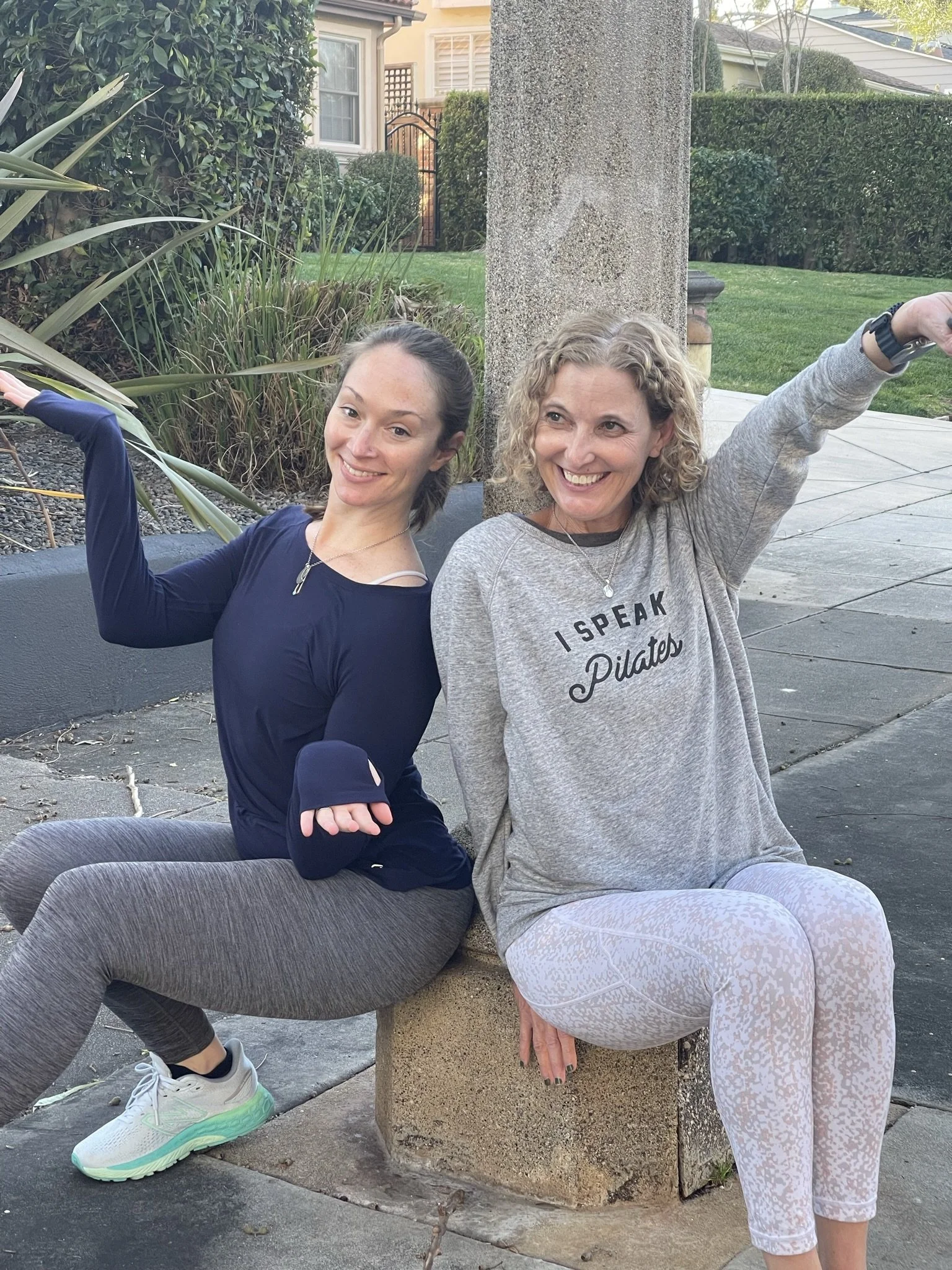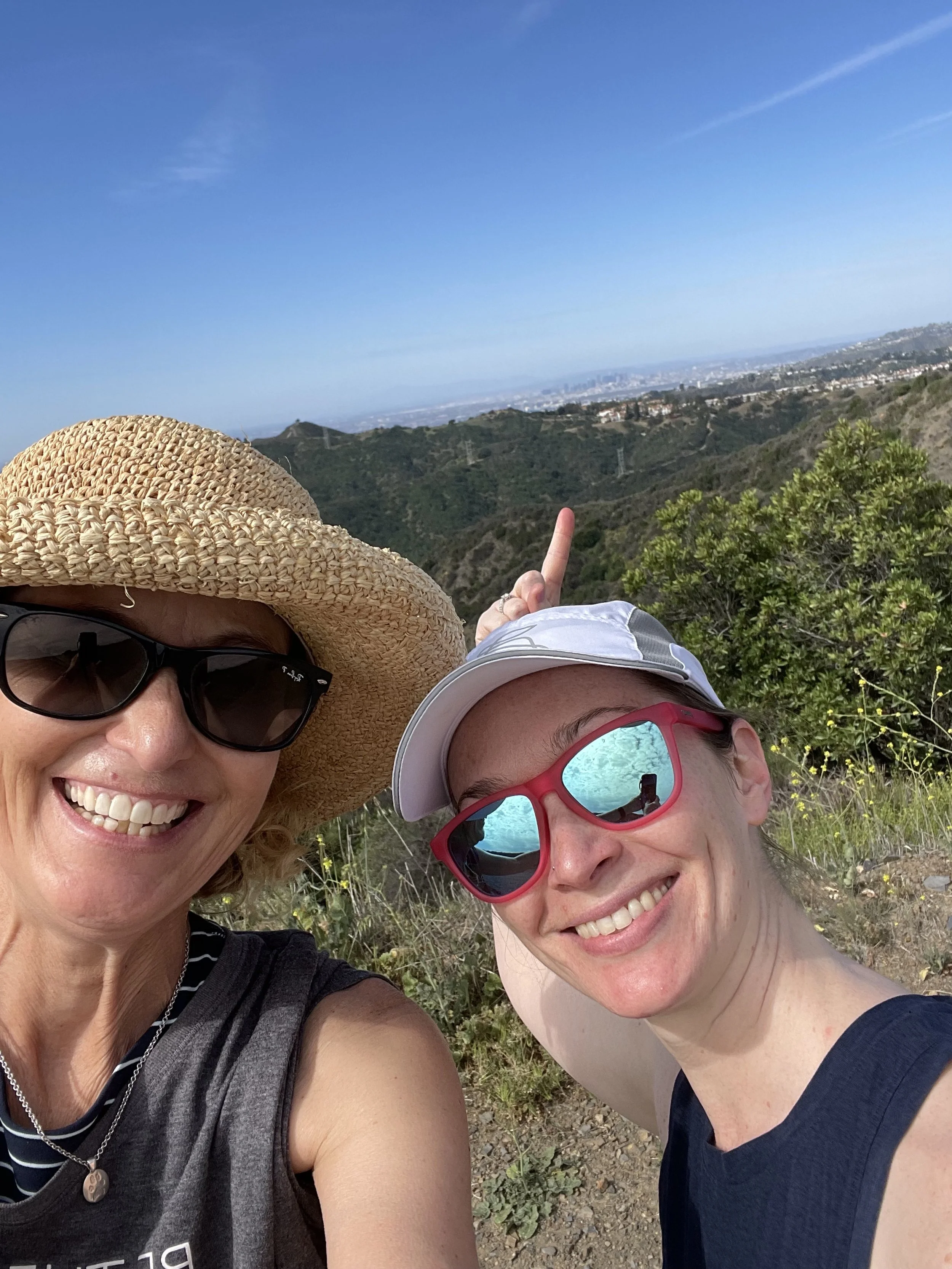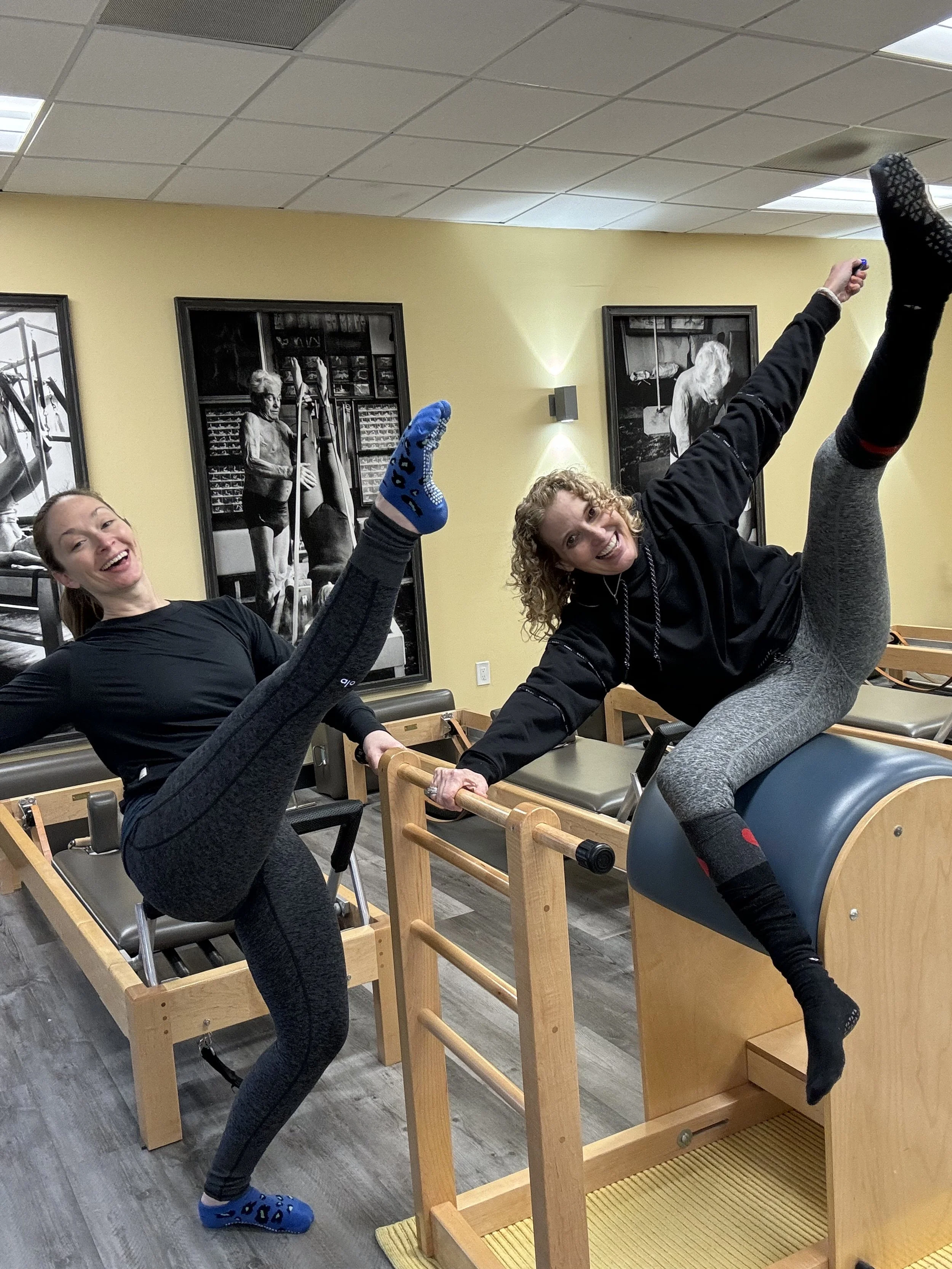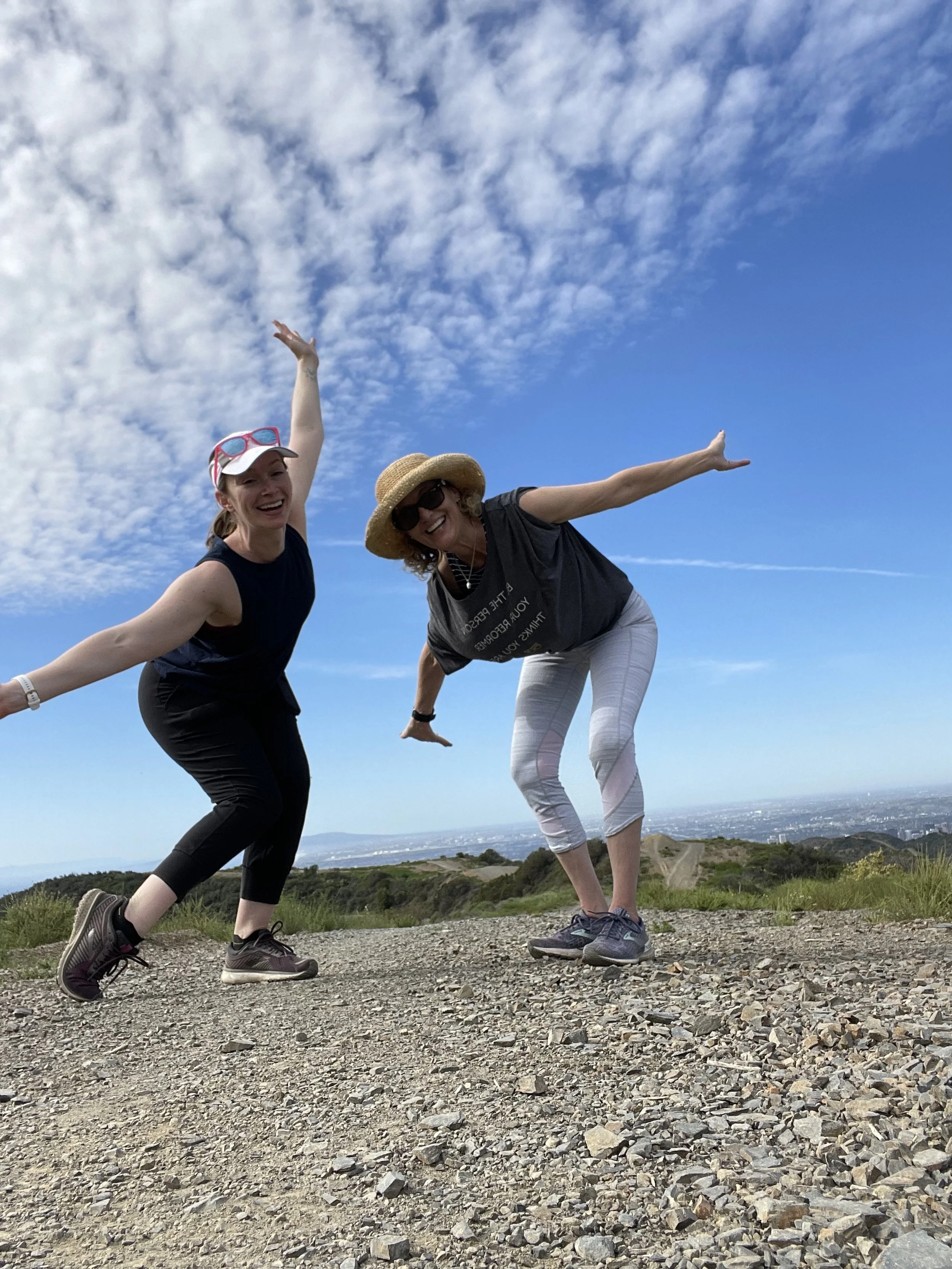How can I guide this Pilates client in a way that works for them?
Do you find your Pilates client looking at you with a blank stare or a bored look? Is your Pilates client telling you what they want to do and how? Are you struggling as they say 'no, I don’t want to do that'? Are you getting frustrated with the Pilates client who is getting frustrated with you?
In our first podcast of the year “Psychologies and Personalities of Clients” we wanted to start off the year by discussing all those Pilates clients who come into our studios with different personalities and how as Pilates teachers we teach various personalities.
Every New Year we have an influx of new clients coming into the studio with new year resolutions to work out more, to try Pilates for the first time, or to get back into their Pilates and fitness routines. Many of these clients have never done Pilates before, maybe they took a long break away or previously did Pilates with another Pilates teacher or a different studio.
The first session with a new Pilates client can be overwhelming both for the client and for the teacher as well. Maybe the client wants to do things differently than you are asking because they “always did it this way” with another teacher. Maybe they have never been on the apparatus before and they are not only trying to figure out new movements but also what is being asked of them in the choreography and how to move their body. They may start to get frustrated or maybe they just close off, staring back with a blank look and we have no idea what they are thinking. We begin to wonder if they're bored, annoyed, or confused.
Learning how to work with and guide different people is a vital aspect of our teaching career, and yet we tend not to focus on it in most teacher training programs. New teachers have to learn all the choreography, transitions, anatomy, pathologies, precautions, and contraindications during your training programs so we can easily overlook the human element of our clients. The client is not a problem for us to solve or a body to choreograph, but rather a person with a unique personality for us to guide and assist.
It's important for teachers to remember this psychological element of our teaching, the psychosocial part within the biopsychosocial model. Even though we tend to focus on the physicality in Pilates, we must remember the human within the body we're teaching.
When a new client comes into our studio it can be intimidating. Even for someone who has practiced Pilates before, it's scary to walk into a new space with a new teacher. The client is in a vulnerable mindset being new somewhere, trying a novel experience. For us as the teacher, it is our responsibility to create a welcoming, open, and accepting environment to care for the client.
As we welcome them into the space, we let them know this is now their time and their space to care for them, and for many people, their session with us is the only time in the day that is time purely for themselves. By building that comfortable environment for the client to be able to enter and feel secure enough to work through new movements, to explore what they can do, we allow them the space to try, to let down their guard to be able to make mistakes, learn, and grow.
Teaching Pilates is not only guiding individual bodies in movement, but also teaching individual minds and personalities, and how they think and respond. We need to dig deep and find their “internal chatter” to guide them not as we want to but, as they need us to in order for them to understand, connect and feel safe and trust us.
This is where our true job as a teacher comes in, right there in the beginning with the client. We need to take a step back and truly look at what is going on for this client internally. What can you do to guide them in this workout in a way that works for them? It's not about us. We must put our expectations to the side to observe what this client may need.
As teachers, how can we learn to navigate all these different personalities? It can be frustrating and challenging to work with certain people and it is quite easy to take things personally and take on our client's reactions. As we encounter different people we must take a step back to separate ourselves from this client. It's not about us, and that can be very difficult to remember especially for Pilates teachers who are sensitive, introverted, and empathic. How a client responds or reacts to something can be extremely informative.
We can observe how the client learns, what types of cues they respond to, intrinsic cueing or extrinsic, what level of motivational readiness for change they are currently at, what their thought process is, and what types of internal chatter are distracting them. We not only have to learn the client's body but also see how their mind responds and directs attention. This all takes time to discover how the client processes and learns, and how they embody the information.
Similarly, Pilates teachers all have of our own internal chatter, our own fears, concerns, reactions, and how we respond. Instead of our own internal chatter as the teacher, we can turn it around to focus on the client, what is going on, missing or not working for that individual, and we take ourselves out of it.
Here are some questions to ask yourself as you are observing and learning about this new Pilates client.
What might they be thinking internally? Are they engaging in internal negative self-talk? They may be thinking: I don’t get this, will this hurt me, I can't do this, I don't like this…
Do they seem to not hear you or are they thinking ahead before you cue them? Maybe they're on autopilot, doing what they have done before in another teacher's Pilates class.
Do they move cautiously and seem to question what you are asking? Do they seem to be fearful of movement?
Is there some wall they are putting up that you can’t seem to get past? When do you notice it go up? What cues or movements might they be reacting to?
Trying to observe what is going on for that client helps us understand where they are coming from, how their brain is firing into their body and what is going on with their nervous system.
While teaching the client we may have to change the pacing, the complexity of the movement, or how simple the direction needs to be. Sometimes they need more time to absorb the information to learn how to figure things out for themselves.
Working with new clients we are learning about them at the same time as they are learning from us. When we create an open space for them to feel safe communicating what they're noticing themselves is very important and allows us to better understand what the client needs and how to advise them and deepen the work.
We can ask the client questions as they move into the work to foster this communication, such as:
What did you feel was challenging for you with this move?
Did you feel fearful in that movement or where did you feel restricted?
Where did you feel connected here?
We don’t want to ask does that hurt? are you ok? is that too hard? Those questions convey uncertainty and negativity to the client. We want to find out from them what is going on internally. Sometimes they aren't aware of what is going through their mind unconsciously or how they are directing their thoughts at us, so asking guiding and reflective questions can help them think through the process which helps us learn where their thought process is going.
This process with our clients takes time. It doesn’t happen in just a couple of sessions, it is a constant journey that grows and changes constantly. That first initial meeting with your client will give you an idea of what “type” of client they are, how they deal with change, new experiences, and challenges, and how comfortable they are figuring new things out.
However, there are plenty of things out of our control. How someone responds to us might not be something we can control. It's not always about us.
How a client reacts, sometimes there are elements we can control, but often there is a lot we can't. There is a right teacher for everyone, but not every teacher is right for every client. And not every client is meant for us. It goes both ways. We don't work for the client, but rather we are sharing our expertise with them to assist and guide them to feel their best. There are now so many Pilates studios, which is fantastic as it gives people options to find the right space for them. Clients can go to whatever environment and teacher are best for them, but also we can be discerning and protective of ourselves as teachers. We are not at the mercy of our clients.
It can be tempting to bend to the will of each client especially when we're new teachers, not wanting to upset anyone or lose a client. But in the long run, if someone doesn't work well for us to teach, then that one person is draining our energy and the rest of our clients suffer. So not only is it not good for us to be drained by that one person for ourselves, but it's not fair to the other clients when they all deserve the same amount of our energy as well.
What can we learn from those difficult clients? Learning to balance compassionate listening with our expertise to best guide the client, to both adapt to the needs of each individual and to also not feel pushed over by clients with stronger personalities and complaints.
Our own internal chatter can turn into worrying about what someone is thinking, judging ourselves on how we cue something or how we say something, telling ourselves we're not good teachers or that was a stupid cue. But it all takes time. Just as the practice of Pilates is a continuous development, teaching Pilates and learning how to navigate all the different types of people we teach takes time and patience. Even when we've been practicing and teaching for 20 years or more we're still growing and learning.
So we must quiet the mind, calm the internal chatter and observe what we tell ourselves, and be aware that others have their own internal chatter with which they're dealing. With that understanding, we try to lead what they need with our expertise and compassion as best we can.
There's no perfect, we're just seeing where we are, we're just moving. Just keep moving. Take the client where you know they can go with the proper guidance that works for them. Listening and understanding the “internal chatter” from our clients and ourselves will make our guiding for the client work for them.
